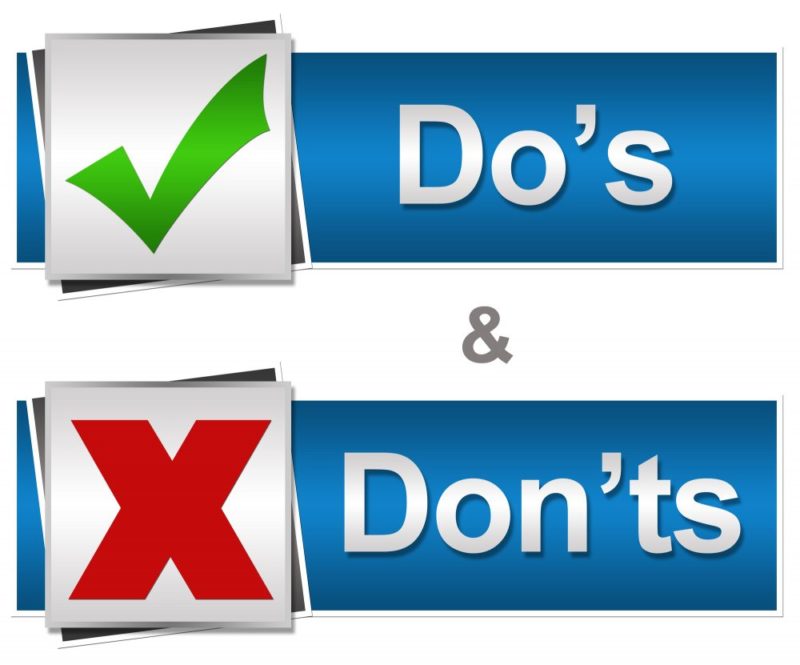FEI Boston - An Event Grounded in Remarkable People There were over 500 people at FEI Boston 2017. I’ve been attending and speaking at FEI the last five years and noticed that this year’s attendees were from more diverse areas of responsibility. For those who did attend you can access the presentations on line at: Login to FEI Connect Click on the 'Presentation' tab FEI Boston Highlights In the next couple of weeks you will receive a link to the FEI Executive Summary. This will include key takeaways, summaries and highlights from the keynote sessions, as well as select track sessions. The goal of the executive summary is to ensure the insights you gathered at the event stay top of mind — and make them easy to distribute to your teams back at the office. My personal favorite was hearing from Clayton Christensen around the job to be done. Having been in Innovation for...
Read More












